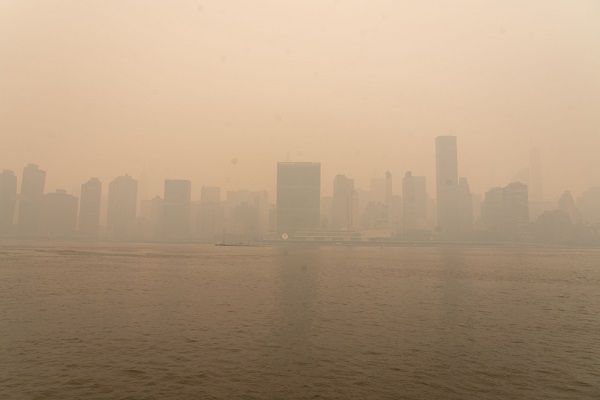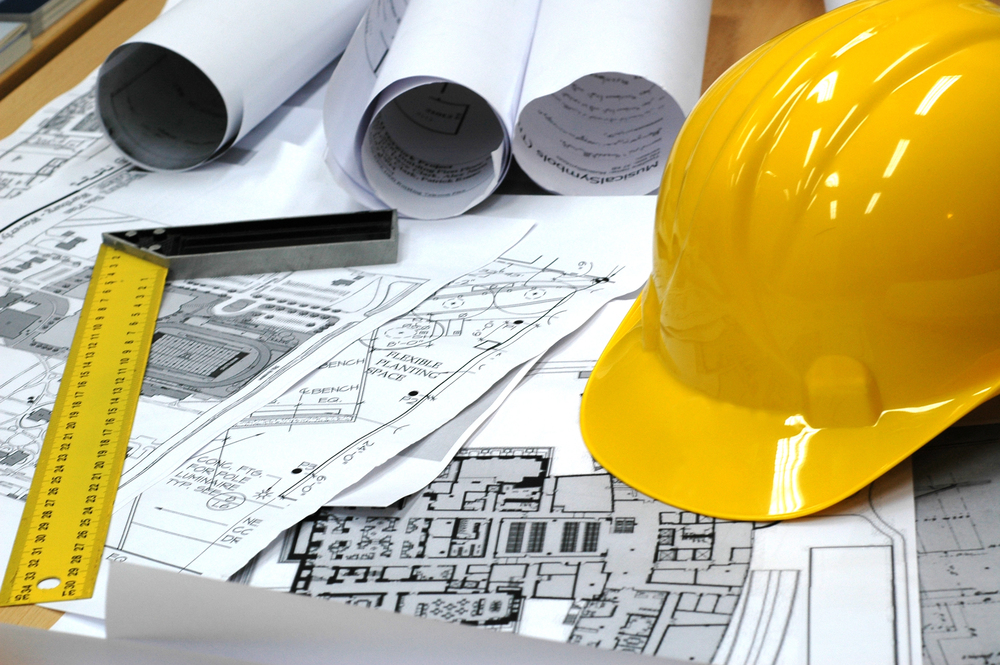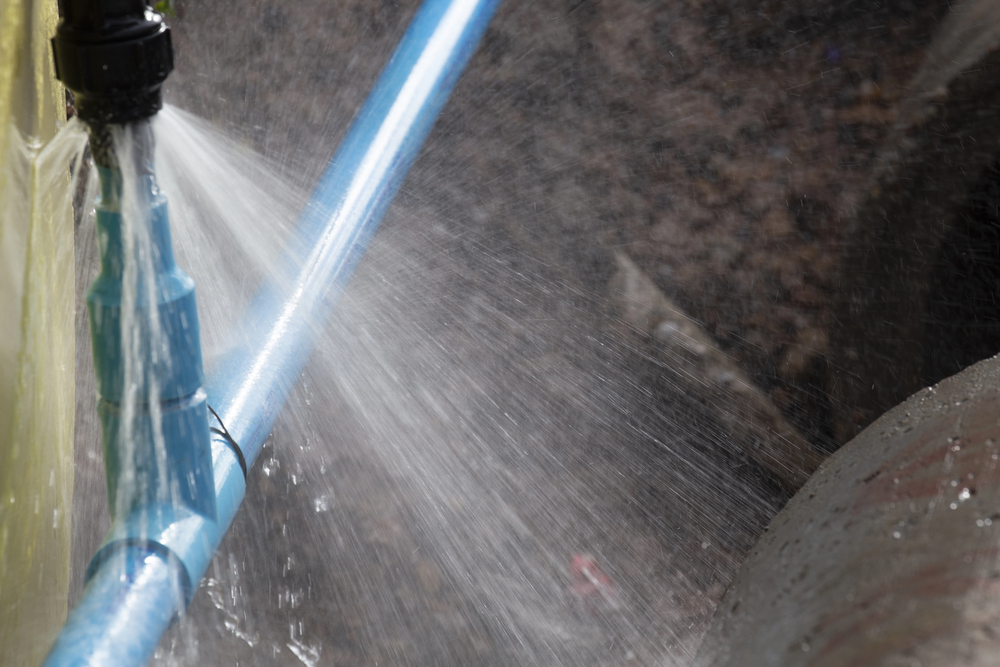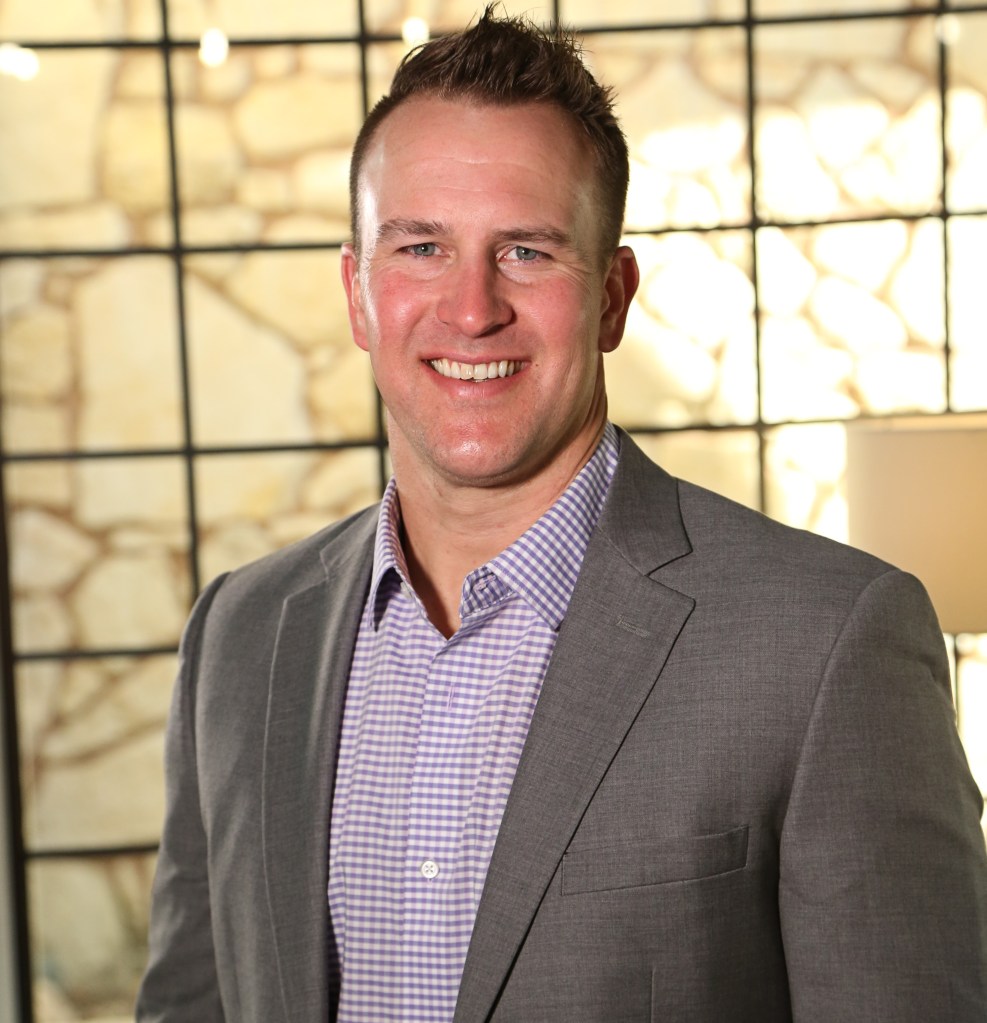Prepare Businesses to Protect Their Workforce from Wildfire-Related Air Quality Issues

By: AnneMarie McPherson Spears
The U.S. has become all too familiar with wildfires and their consequences with the death toll after the recent Maui fires rising to 114 as of Friday, according to Hawaii News Now. Not only was the historic city of Lahaina almost completely destroyed, it faces years of recovery from wildfire contamination that released toxic chemicals and hazardous debris, according to the Washington Post.
After the immediate devastation of a wildfire, pollutants and smoke can spread and continue to cause further harm. Earlier this summer, Canadian wildfire smoke shrouded states as far south as the Carolinas in smog.
Before the Maui wildfire, the National Weather Service had issued warnings for high winds and dry weather, according to Reuters, and record-setting heat this summer contributed to the unusually severe wildfires in Canada. Wildfire seasons are becoming longer and more destructive— climate change has extended the wildfire season by three months, a 2022 CoreLogic report found, leading to a 1,500% increase in the area burned by large wildfires in U.S. forests.
Places in the U.S. that don’t normally take wildfires into account for their risk management plans may need to reconsider. “From what we’ve seen in the last 10 to 15 years, I think we can safely say what was normal is not necessarily normal anymore,” says Thomas Neale, assistant vice president and senior workers compensation specialist at Chubb.
In particular, wildfire smoke can spread and present dangers far beyond the more focused destruction of a blaze. With smoke, “the real hazard is the fine particulate,” Neale explains. “A grain of sand is about 90 microns. A typical wildfire smoke particulate is 2.5 microns. Matter that small can travel far into your respiratory system.”
As businesses consider how to protect their workers from this risk for perhaps the first time, Neale stresses the importance of agents helping commercial clients identify a mitigation plan.
“Independent agents are in an ideal position to raise awareness with their clients that wildfire smoke is more than an irritant; it is a hazard for their workers,” he says. “It’s especially important to have a plan if your client has outdoor workers performing a physical task. The jobs people typically focus on are agriculture and construction, but there are other industry groups that are impacted, like hospitality that may have lifeguards, valet parking or groundskeepers.”
The first part of an air-quality risk mitigation plan is for the client to identify how they’ll stay up to date on the air quality index (AQI), Neale explains, recommending airnow.gov for almost real-time updates.
On poor air quality days, “keep buildings as closed as possible,” he says. “An office building is less of a concern to keep buttoned up because you’ve got an HVAC system which will filter air, but a lot of warehouses, plants and production areas do not have any means to filter the air. It’s important to close loading dock doors. And evaporated coolers, also known as swamp coolers, may not be an ideal source for air conditioning, so if it’s not a hot day then don’t use them.”
“If you’re expecting a poor air day that’s over 150 AQI, attempt to modify work routines. Maybe start later or earlier in the day depending on the forecast. Or, if it’s a really bad day, up in the 300 AQI range, just cancel outdoor work,” he says. “If that’s not possible, consider voluntary use of respirators.”
However, not all respirators are the same, he points out, as the fine particulates in wildfire smoke requires the use of N95 respirators or others approved by the National Institute for Occupational Safety and Health (NIOSH).
For office buildings, clients should familiarize themselves with the HVAC system and filter options, such as the minimum efficiency reporting value (MERV) 13 filter, which is an improved, more efficient filter that can be dropped into commercial and even residential HVAC systems without impact,” he says. “Some clients just utilize these during the summer and fall, using a typical filter the rest of the year, and other clients just implement when there’s a red flag day.”
Of course, all good mitigation plans involve education on “one, how to utilize a respirator properly and safely, and two, what the hazards are and the activities that should be avoided,” Neale says. “The employees need to understand the dangers and controls the employer put in place.”
AnneMarie McPherson Spears is IA news editor.










